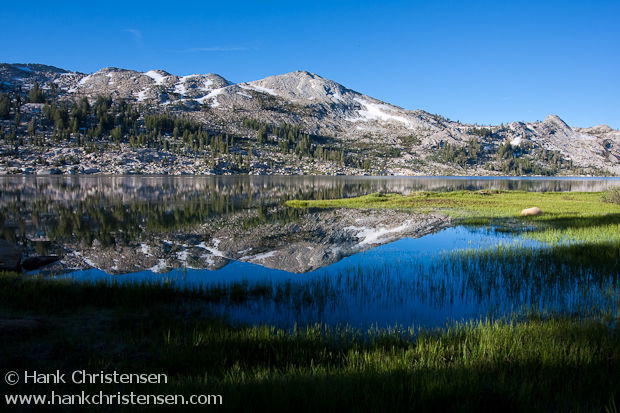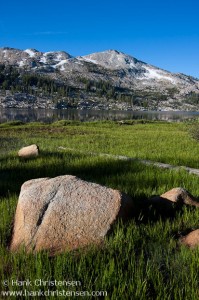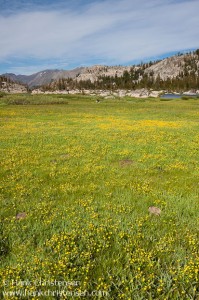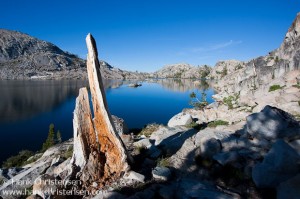Have you ever gone out with a particular type of photography in mind (birds, landscapes, macro, etc), only to find a perfect opportunity for something complete different? The problem is that usually when this occurs, you have the wrong equipment. However, it is better to improvise with what you have with you than to miss that opportunity altogether. Below are two examples of when I ran into this exact situation.

The photo above was taken along 17-mile drive near Carmel, California. My wife and I were out for the day with nothing in mind – just being touristy. I had my SLR and a wide/mid range zoom with me – a decent walking around lens that could work for landscapes if needed. As we were driving along the coast, we saw this great egret very close to the road in beautiful light. Immediately I cursed myself for not bringing a longer lens, but I figured I’d try to see what I could do with what I had with me. We drove past the bird and I got out and slowly stalked back along the road toward it, trying to get as close as possible. Luckily the traffic was light this early in the morning. Obviously, I wouldn’t come away with a head portrait, but maybe I could get a decent habitat shot.
I slowly crept forward, hoping to intercept the bird if it kept moving in the same direction. Every few steps I’d stop and stand still, hoping the egret would not get spooked and fly off. Ultimately it payed off – the egret ended up walking very close to my position. I fired off a few shots of the bird with the ocean in the background. Through careful stalking technique, and by not giving up because I didn’t have the “perfect” equipment with me, I was able to capture one of my favorite shots of the trip.

Recently I was up at Lassen Volcanic National Park and I decided to take a walk around Summit Lake, hoping to get some shots of some forest birds. As a result, I had only my long telephoto with me (not a great walking around lens, as the lens alone weighs 3 pounds!) As I came around to the side of the lake furthest from Mt. Lassen, I found myself in almost the exact opposite situation as with the great egret shot above. I had a long telephoto, but I really needed a wide angle lens to capture the mountain, trees and lake.
At first I tried several compositions with my lens, but it was no good – only a small portion of the mountain was in frame at one time. Then an idea hit me – by combining many zoomed-in photos of the mountain and the surrounding scenery, I could combine them into a single panorama, mimicking the angle of view of a wide angle lens. I had shot panos before, but I was still too close in for my regular panning left to right method. However, if I created several rows of images, and I used a steady hand, it might work. I metered off the sky, set manual exposure and focus, and then spot metered several different areas of my scene to make sure I would stay within the dynamic range possible with the camera.
Starting at the upper left area of the scene I wanted to capture, I started taking photos (hand held), overlapping each by about 30%. Once I got to about the same distance from the mountain on the right that I started with on the left, I moved the composition back to the left, but slightly lower than my previous row of photos. The result was two rows of 13 photos each, creating a single panorama of 26 photos, and a 140 megapixel image. Thanks to Photoshop’s fantastic Photomerge technology, creating the final image was a snap (though my machine took a little time to crunch through the processing).
If I had planned for a panorama of the mountain from the offset, I would have used a much wider angle (and a tripod). However, I was quite happy with what could be done in a pinch with a little improvising.




